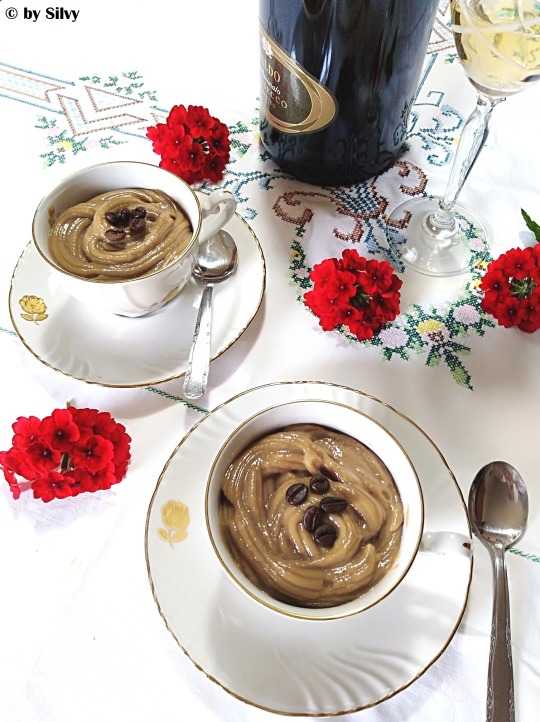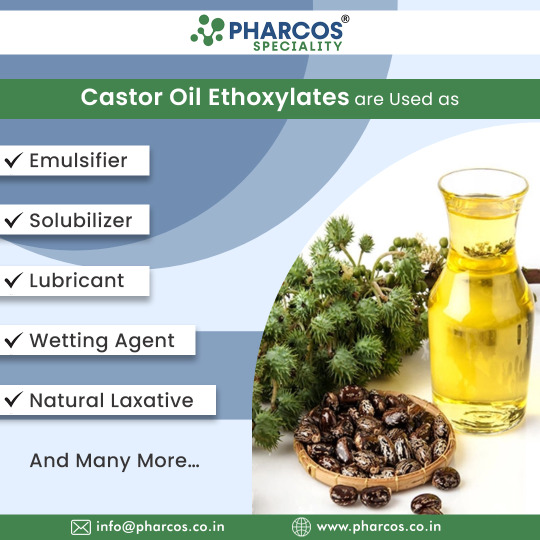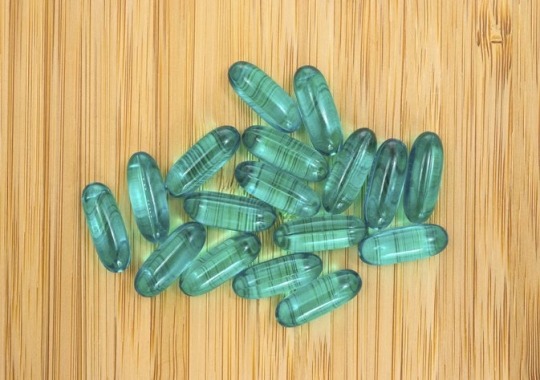#solubilizing
Text
Little Asians - Two Sexy Immature Brats Elle Voneva And Vina Sky Learn How To Share Big Cock
Hot czech kitten spreads her yummy slit to the strange
Cleo Bardot sexy teen in need of cock in her on camera
Young Asian girl loses innocence to older Japan man
Massage Rooms Big tits brunette Chloe Lamour handles BBC romantic handjob and hard oil soaked fuck
Chubby trap pleasing herself with sextoy
EXTREME CLOSEUP POV 11" BBC & PAWG FUCK - POINT OF VIEW - feat. @elKonguito
Dutch Young teen Jynx Maze give blowjob to stepdad HD
VIXEN Tori Black Shares Her Boyfriend With Jill Kassidy To Show Her True Passion
Desi teen works schlong in her bush the hard way
#evaporatively#unstuffy#commented#hurtful#unstaled#talar#tackproof#unobliterated#questorship#flaxen-wigged#solubilizing#exploitee#unfuturistic#radiated#polyandrianism#plasmotomy#accelerometer's#Gymnostomina#challoth#nondisjunct
0 notes
Text

Questa mattina primo freschetto (per me ad agosto l'estate è finita) e dunque: è subito latte tiepido – con miscela solubile di orzo e cacao. E una rivista di enigmistica per rilassarsi.
5 notes
·
View notes
Text

Phosphorus solubilizing biofertilizer is a microbial inoculant containing beneficial microorganisms capable of converting insoluble phosphorus in the soil into a plant-available form. These biofertilizers contain phosphate-solubilizing bacteria or fungi that produce organic acids, enzymes, and other compounds to solubilize phosphate minerals, such as rock phosphate or phosphate fertilizers. By enhancing phosphorus availability, these biofertilizers promote plant growth, root development, and overall crop productivity while reducing the need for chemical phosphorus fertilizers, thus contributing to sustainable agricultural practices.
0 notes
Text
Microbial Marvels: Unleashing the Potential of Zinc Solubilizing Bacteria in Agriculture
In the intricate tapestry of agricultural ecosystems, there exists a hidden army of microscopic allies, silently working beneath the soil surface to support plant health and vitality. Among these unsung heroes are zinc solubilizing bacteria, tiny yet mighty organisms with the remarkable ability to transform insoluble forms of zinc into plant-accessible nutrients. In this article, we will embark on a journey into the world of zinc solubilizing bacteria, exploring their profound impact on agriculture and the sustainable future they offer.

The Power of Zinc Solubilizing Bacteria
Zinc, a vital micronutrient for plant growth and development, often faces challenges in availability within the soil. Fortunately, nature has provided a solution in the form of zinc solubilizing bacteria. These microbial marvels possess the unique capability to solubilize insoluble zinc compounds, liberating this essential nutrient and making it readily accessible to plant roots. By facilitating the uptake of zinc, these bacteria play a pivotal role in enhancing plant nutrition, promoting healthier growth, and fortifying crops against environmental stresses.
Enhancing Soil Health and Fertility
Beyond their role in improving plant nutrition, zinc solubilizing bacteria contribute to the overall health and fertility of agricultural soils. Through their activities, these beneficial microorganisms foster greater nutrient cycling, enhance soil structure, and stimulate microbial diversity. By promoting soil health and fertility, zinc solubilizing bacteria create a fertile environment conducive to robust plant growth, improved water retention, and sustainable agricultural practices.
Sustainable Solutions for Modern Agriculture
In an era where sustainable agriculture is paramount, zinc solubilizing bacteria emerge as invaluable allies for farmers seeking eco-friendly solutions. By reducing the need for synthetic fertilizers and chemical inputs, these microbial helpers minimize environmental impact and support the transition towards more sustainable farming practices. Furthermore, their ability to enhance nutrient uptake efficiency leads to greater resource utilization and improved crop yields, benefiting both farmers and the environment.
Application and Implementation
Incorporating zinc solubilizing bacteria into agricultural systems is a straightforward yet impactful process. Farmers can introduce these beneficial microorganisms into their fields through various methods, such as seed treatment, soil inoculation, or foliar application. By integrating zinc solubilizing bacteria into existing crop management practices, farmers can optimize zinc nutrition, improve soil health, and unlock the full potential of their crops.
Conclusion: Embracing the Microbial Marvels
As we navigate the complexities of modern agriculture, it is essential to recognize the invaluable contributions of zinc solubilizing bacteria. These microbial marvels, with their ability to enhance plant nutrition, promote soil health, and support sustainable farming practices, offer a glimpse into a future where agriculture thrives in harmony with nature. By embracing the potential of zinc solubilizing bacteria, we can cultivate a more resilient, productive, and sustainable agricultural landscape for generations to come.
0 notes
Text
Allied Market Research Offers Forecast From 2023 to 2030 on Nonylphenol Ethoxylates Market
0 notes
Text
Looking for solubilised dyes manufacturing industry in Brazil | Rk Dyechem Pvt Ltd
RK industry provides top-quality solubilized dyes in Brazil. We manufacture the best solubilizing dyes in Brazil. This product is used for printing purposes. call now.

#solubilised dyes manufacturing industry in Brazil#best solubilised dyes manufactur industry in Brazil#top-quality solubilised dyes in Brazil#top solubilized dyes in Brazil
0 notes
Text
In Arabidopsis and many other species, the endosperm is almost entirely resorbed (solubilized and absorbed) during embryogenesis, and the reserves that will support early seedling growth are stored in the embryo's cotyledons (Figure 21.22).

"Plant Physiology and Development" int'l 6e - Taiz, L., Zeiger, E., Møller, I.M., Murphy, A.
#book quotes#plant physiology and development#nonfiction#textbook#arabidopsis#endosperm#resorbed#solubilized#absorbed#embryogenesis#cotyledon#plant cells#seed coat#embryo#vacuole#chalaza#integument#aleurone
0 notes
Text
Silvy presenta : " Dessert a sorpresa in tazza da caffè "
Silvy presenta : ” Dessert a sorpresa in tazza da caffè “
Rubrica di cucina a cura di Silvana Salvatori
Crema al caffè Solubile Albumi e Panna
Il caffè Solubile ha uno spiccato sapore molto concentrato ma abbinato ai due ingredienti bianchi e spumosi, si ottiene una crema deliziosa e molto delicata. Sicuramente una sorpresa per gli ospiti, vedersi servire un dessert in tazza come fosse il caffè di fine pasto.
Ingredienti per 4 persone
200 ml acqua…

View On WordPress
1 note
·
View note
Text

An emulsifier, solubilizer, lubricant, wetting agent, natural laxative, and other uses for #CastorOilEthoxylate may be found in a variety of applications, including personal care and specialty formulae.
For more details, visit us at https://www.pharcos.co.in/products/castor-hydrogenated-castor-oil-ethoxylates
0 notes
Text

Motherfucker got that wack ass ibuprofen solubilized gel pill hair





[Image ID: The top image is a screenshot of Phosphophyllite (or Phos) from Houseki no kuni. They are a being mostly made up of the gemstone of their namesake. The stone is a transparent teal (blue-green) color.
Phos’ skin is opaque - a pale cream color, almost white. Their eyes are teal, and so are their nails and the interior of their mouth.
Their hair is made of smooth, round, chunks of Phosphophyllite gemstone. This hair is comparable to petals of an upside-down tulip.
The bottom images are an assortment of images of ibuprofen gel pills, which, coincidentally, have the same color and translucency as Phosphophyllite gemstone— and subsequently the same Phos’ hair. /.End ID]
#out here lookin like an advil liqui gel#pills tw#pills#phosphophillyte#phos#houseki no shitpost#houseki no kuni#land of the lustrous#they are an interesting character tho#also very gender#hnk#hnk phos#hnk phosphophyllite#Phosphophyllite#フォスフォフィライト#Fosufofiraito
98 notes
·
View notes
Text
From Microbes to Minerals: Exploring the Role of Phosphorus Solubilizing Bacteria in Sustainable Farming
In the intricate web of soil ecology, microorganisms wield transformative powers that influence the health and productivity of our crops. Among these unsung heroes, phosphorus solubilizing bacteria stand out for their remarkable ability to bridge the gap between microbes and essential minerals. This article delves into the captivating world of phosphorus solubilizing bacteria, unraveling their pivotal role in sustainable farming practices.

The Phosphorus Challenge:
Phosphorus, an elemental cornerstone of plant nutrition, often faces challenges in its availability to plants. Bound in insoluble forms in the soil, phosphorus becomes a bottleneck for crop growth. Phosphorus solubilizing bacteria emerge as nature's solution to this predicament, offering a sustainable alternative to conventional fertilization.
Microbial Alchemy:
Phosphorus solubilizing bacteria, diverse in species and function, engage in a form of microbial alchemy. These bacteria possess the ability to convert insoluble phosphorus into a soluble form, unlocking this essential nutrient for plant uptake. The mechanisms at play involve a symphony of biochemical reactions orchestrated by these tiny soil inhabitants.
The Emissaries of Solubilization:
Acidic Ambassadors: Phosphorus solubilizing bacteria secrete organic acids, such as citric and acetic acids, which act as natural chelators, breaking the bonds that tether phosphorus to minerals.
Enzymatic Architects: Some bacteria produce phosphatase enzymes that facilitate the hydrolysis of organic phosphates, releasing inorganic phosphorus in a bioavailable form.
pH Modulators: Microbial activity influences soil pH, creating an environment conducive to the solubilization of phosphorus minerals.
Sustainable Farming Benefits:
Improved Nutrient Use Efficiency: By enhancing phosphorus availability, these bacteria contribute to improved nutrient use efficiency in crops, reducing the need for external fertilizers.
Environmental Harmony: The use of phosphorus solubilizing bacteria aligns with principles of sustainable farming, minimizing the environmental impact associated with excess phosphorus runoff.
Resilient Crop Systems: Treated crops often exhibit increased resilience to environmental stress, showcasing the potential of phosphorus solubilizing bacteria in building robust and adaptive farming ecosystems.
Application in Modern Agriculture:
Biofertilizer Formulations: Phosphorus solubilizing bacteria are key components of biofertilizers, providing a natural and sustainable means of enhancing soil fertility.
Crop-Specific Strategies: Tailoring bacterial applications to specific crops and soil conditions optimizes their effectiveness, ensuring targeted benefits for different agricultural systems.
Conclusion:
From microbes to minerals, phosphorus solubilizing bacteria serve as crucial mediators in the sustainable farming narrative. Their ability to unlock phosphorus reserves not only bolsters plant nutrition but also charts a course toward environmentally conscious agriculture. As we explore and integrate these microbial marvels into our farming practices, we step into a future where sustainability and productivity harmoniously coexist—a testament to the transformative potential of the microbial realm in agriculture.
0 notes
Text

Zinc solubilizing bacteria are microorganisms that possess the capability to convert insoluble forms of zinc in the soil into soluble forms, making it more readily available for plant uptake. These beneficial bacteria play a crucial role in enhancing zinc nutrition in plants, thereby promoting improved growth, development, and overall health. By mobilizing zinc in the soil, they contribute to sustainable agriculture practices, aiding in the optimization of crop yields and ensuring better nutrient utilization efficiency.
0 notes
Text
SCOPERTO IL PRIMO METODO PER RICICLARE LA VISCOSA

I ricercatori dell’Università di Lunds, in Svezia, sono riusciti per la prima volta a individuare il modo per riciclare completamente la viscosa, un materiale finora non sostenibilmente inserito nella catena circolare degli scarti.
Il nuovo metodo consente di convertire le fibre usurate in nuove fibre di viscosa utilizzando un processo che, per la prima volta, consente di sciogliere e convertire le complesse fibre di cellulosa del legno di cui è composto questo particolare tipo di tessuto, in nuove fibre di viscosa. “Le catene di cellulosa, il componente principale delle fibre vegetali, sono complesse e lunghe”, spiega Edvin Bågenholm-Ruuth, dell’Università di Lunds. Il processo sviluppato dai ricercatori svedesi ha il vantaggio di utilizzare un sale solubile, il Cloruro di Zinco Idrato, economico e contenente una percentuale molto minore di solfuro di carbonio rispetto agli inquinanti processi standard di filatura della viscosa.
La viscosa è una fibra artificiale appartenente alla categoria dei rayon che fu inventata per imitare la seta ma che utilizza una grande quantità di soda caustica nel processo di produzione, provocando un forte impatto ambientale. Questo nuovo procedimento evita la procedura di sbiancamento tradizionale, un passaggio che richiede molte risorse. La startup svedese ShareTex sta collaborando con i ricercatori per sviluppare ulteriormente questa tecnologia e per renderla accessibile su scala commerciale in breve tempo.
___________________
Fonte: Lunds Universitet; Sharetex; foto di Karolina Grabowska

VERIFICATO ALLA FONTE | Guarda il protocollo di Fact checking delle notizie di Mezzopieno
BUONE NOTIZIE CAMBIANO IL MONDO | Firma la petizione per avere più informazione positiva in giornali e telegiornali

Se trovi utile il nostro lavoro e credi nel principio del giornalismo costruttivo non-profit | sostieni Mezzopieno
10 notes
·
View notes
Text
Looking for solubilised dyes manufacturing industry in Vietnam | Rk Dyechem Pvt Ltd
RK industry provides top-quality solubilized dyes in Vietnam. We manufacture the best solubilizing dyes in Vietnam. This product is used for printing purposes. call now.

#solubilised dyes manufactur industry in Vietnam#best solubilised dyes manufactur industry in Vietnam#top-quality solubilised dyes in Vietnam#top solubilized dyes in Vietnam
0 notes
